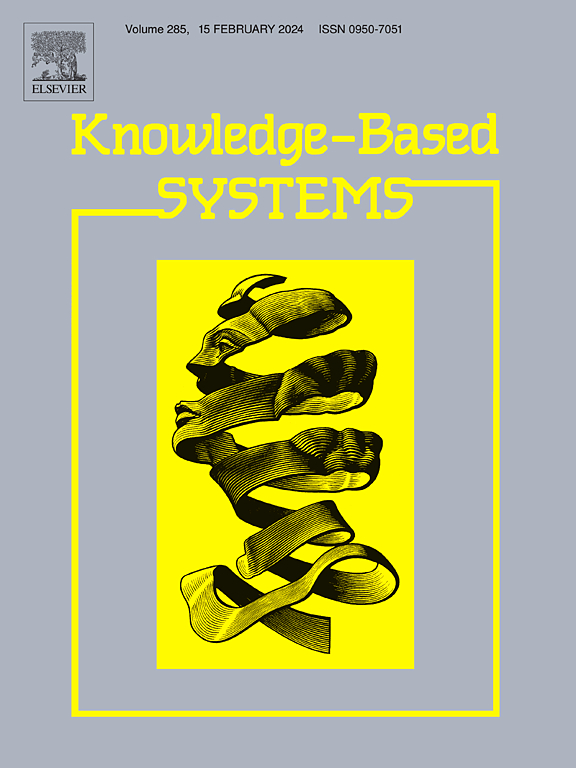通过校准蒙特卡洛剔除改进用户识别
IF 7.2
1区 计算机科学
Q1 COMPUTER SCIENCE, ARTIFICIAL INTELLIGENCE
引用次数: 0
摘要
本文介绍了一种利用智能手机和可穿戴传感器数据进行用户识别的增强方法。我们的方法包括分割输入数据并使用 CNN 独立分析子序列。在测试过程中,我们采用经过校准的 Monte-Carlo Dropout 来测量预测的不确定性。利用从不确定性量化中获得的权重,我们通过加权平均来整合结果,从而提高整体识别准确性。本文的主要动机是需要校准 CNN 以改进加权平均。据观察,错误的预测往往会获得较高的置信度,而正确的预测则会被赋予较低的置信度。为了解决这个问题,我们采用了近等效回归集合(ENIR)作为先进的校准技术。这可确保确定性得分更准确地反映正确性的真实可能性。此外,我们的实验表明,校准 CNN 可减少不确定性量化中对蒙特卡罗样本的需求,从而降低计算成本。我们对不同校准方法的全面评估和比较表明,在多个数据集上,用户识别的准确性得到了提高。与现有的最新模型相比,我们的结果显示了显著的性能改进。特别是,我们的方法比 DB2 的准确度高 1.12%,比 HAR 的准确度高 0.3%。本文章由计算机程序翻译,如有差异,请以英文原文为准。
Improved User Identification through Calibrated Monte-Carlo Dropout
This paper presents an enhanced approach to user identification using smartphone and wearable sensor data. Our methodology involves segmenting input data and independently analyzing subsequences with CNNs. During testing, we apply calibrated Monte-Carlo Dropout to measure prediction uncertainty. By leveraging the weights obtained from uncertainty quantification, we integrate the results through weighted averaging, thereby improving overall identification accuracy. The main motivation behind this paper is the need to calibrate the CNN for improved weighted averaging. It has been observed that incorrect predictions often receive high confidence, while correct predictions are assigned lower confidence. To tackle this issue, we have implemented the Ensemble of Near Isotonic Regression (ENIR) as an advanced calibration technique. This ensures that certainty scores more accurately reflect the true likelihood of correctness. Furthermore, our experiment shows that calibrating CNN reduces the need for Monte Carlo samples in uncertainty quantification, thereby reducing computational costs. Our thorough evaluation and comparison of different calibration methods have shown improved accuracy in user identification across multiple datasets. Our results showed notable performance improvements when compared to the latest models available. In particular, our approach achieved better results than DB2 by 1.12% and HAR by 0.3% in accuracy.
求助全文
通过发布文献求助,成功后即可免费获取论文全文。
去求助
来源期刊

Knowledge-Based Systems
工程技术-计算机:人工智能
CiteScore
14.80
自引率
12.50%
发文量
1245
审稿时长
7.8 months
期刊介绍:
Knowledge-Based Systems, an international and interdisciplinary journal in artificial intelligence, publishes original, innovative, and creative research results in the field. It focuses on knowledge-based and other artificial intelligence techniques-based systems. The journal aims to support human prediction and decision-making through data science and computation techniques, provide a balanced coverage of theory and practical study, and encourage the development and implementation of knowledge-based intelligence models, methods, systems, and software tools. Applications in business, government, education, engineering, and healthcare are emphasized.
 求助内容:
求助内容: 应助结果提醒方式:
应助结果提醒方式:


